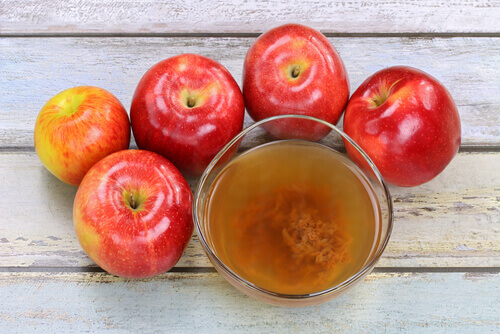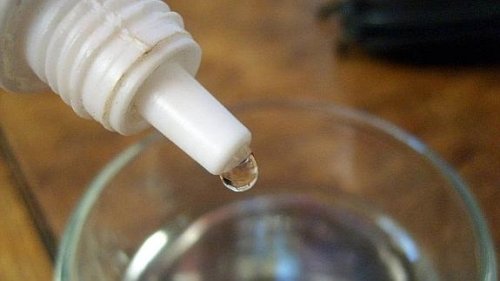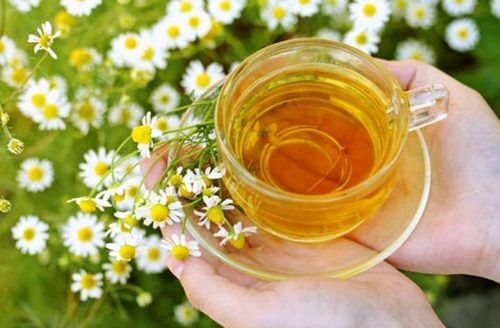Fight Bacterial Vaginosis with Five Natural Remedies

Bacterial vaginosis is an illness of the female intimate area that is caused by the imbalance of vaginal flora. Vaginal flora is a combination of healthy bacteria whose function is to protect the area from infections.
It is one of the most uncomfortable afflictions for women, because the presence of harmful bacteria causes alterations in the vaginal discharge, making it yellowish and thick with a strong, unpleasant smell.
Among other things, the infection can cause itching in the area, as well as skin irritation, reddening and other uncomfortable symptoms that can interfere with your sexuality.
This is why it is essential to take care of it and provide treatment to keep it under control as soon as possible.
Fortunately, natural remedies exist that help to detain the growth of the harmful microorganisms, reestablish pH and calm the symptoms without causing adverse effects.
In this article, we want to share the 5 best remedies with you so that you can use them if you’re faced with this problem.
1. Apple cider vinegar

Apple cider vinegar contains organic acids that, when applied externally, help to regulate the vaginal flora to control the bacterial infection and the smell.
Its anti-inflammatory and antimicrobial properties reduce the irritation of the skin in the intimate area. In addition to this, it promotes the growth of healthy bacteria.
Ingredients
- 1/2 cup of natural apple cider vinegar (125 ml)
- 5 cups of hot water (1250 ml)
Preparation
- Dilute the apple cider vinegar in the hot water and then pour the liquid into the bath.
Method of use
- Take sitz baths for 10 minutes, or rinse the external area of the vagina with the liquid.
- Repeat every day until the infection is cured.
2. Cranberry juice
Thanks to its high content of vitamin C and antioxidants, natural cranberry juice is a great complement to deal with vaginal infections.
Its nutrients strengthen the immune system and help to improve the body’s response to the harmful bacteria.
Ingredients
- 1/2 cup of fresh cranberries (75 g)
- 1 cup of water (250 ml)
- 2 tablespoons of honey (50 g)
Preparation
- Put the cranberries in the blender and process them with a cup of water.
- Serve immediately and sweeten with a couple of tablespoons of honey.
Method of use
- Drink the juice twice a day until the vaginosis is relieved.
3. Hydrogen peroxide

Thanks to its antibacterial and antiseptic properties, hydrogen peroxide can be a natural solution for the relief of vaginosis.
It doesn’t affect the activity of the healthy vaginal bacteria and it also reduces excess discharge and itching.
Ingredients
- 3 tablespoons of oxygenated water (30 ml)
- 3 cups of water (750 ml)
Preparation
- Heat the cups of water without allowing them to boil, and then add the hydrogen peroxide.
Method of use
- Rinse the external part of the vagina with the solution, up to twice a day.
- Repeat this application until the problem is under control.
4. Oregano oil and coconut oil
Both oregano oil and coconut oil have antibacterial and anti-inflammatory properties that help to control infection in the vagina.
Their natural active ingredients reestablish the activity of the vaginal flora as well as neutralizing the bad smell and the yellowish discharge.
Ingredients
- 2 tablespoons of coconut oil (30 g)
- 1/2 teaspoon of oregano oil (2 g)
Preparation
- Warm the coconut oil until it’s at a suitable temperature for the skin.
- Mix it with the oregano oil and make sure you have a uniform product.
Method of use
- Moisten a piece of cotton wool with the mixture of oils and apply it to the external parts of the intimate area.
- Repeat 2 or 3 times a day.
Visit this article: 7 Amazing Benefits of Coconut Oil
5. Chamomile infusion

Its flowers contain natural extracts that regulate the vaginal pH, inhibiting the proliferation of the harmful bacteria.
Ingredients
- 3 tablespoons of chamomile flowers (30 g)
- 2 cups of water (500 ml)
Preparation
- Boil the cups of water, add the chamomile and leave it to stand for 15 to 20 minutes.
- After this time, filter it with a strainer and apply it.
Method of use
- Spray the liquid onto the vaginal area, ensuring you treat the irritated parts.
- Repeat this application twice a day to control the infection quickly.
Are you experiencing changes in your vaginal discharge? Do you perceive an unpleasant smell in your intimate area? If you have any of these symptoms, try one of the above-mentioned remedies and fight the infection before it leads to complications.
If the symptoms persist, consult a doctor.
All cited sources were thoroughly reviewed by our team to ensure their quality, reliability, currency, and validity. The bibliography of this article was considered reliable and of academic or scientific accuracy.
- Bacterial vaginosis. (2015, May 26)
womenshealth.gov/publications/our-publications/fact-sheet/bacterial-vaginosis.html - Bacterial vaginosis (BV). (2008)
unh.edu/health-services/sites/unh.edu.health-services/files/media/PDF/SelfCareGuide/BacterialVaginosis.pdf - Bacterial vaginosis-CDC fact sheet. (2017, February 18)
cdc.gov/std/bv/stdfact-bacterial-vaginosis.htm - Cardone, A., Borelli, A., Di Cunzolo, A., Russo, A., Tartaglia, E. (2003, December). Utilisation of hydrogen peroxide in the treatment of recurrent bacterial vaginosis. Minerva Ginecology, 55(6)
ncbi.nlm.nih.gov/pubmed/14676737
This text is provided for informational purposes only and does not replace consultation with a professional. If in doubt, consult your specialist.








